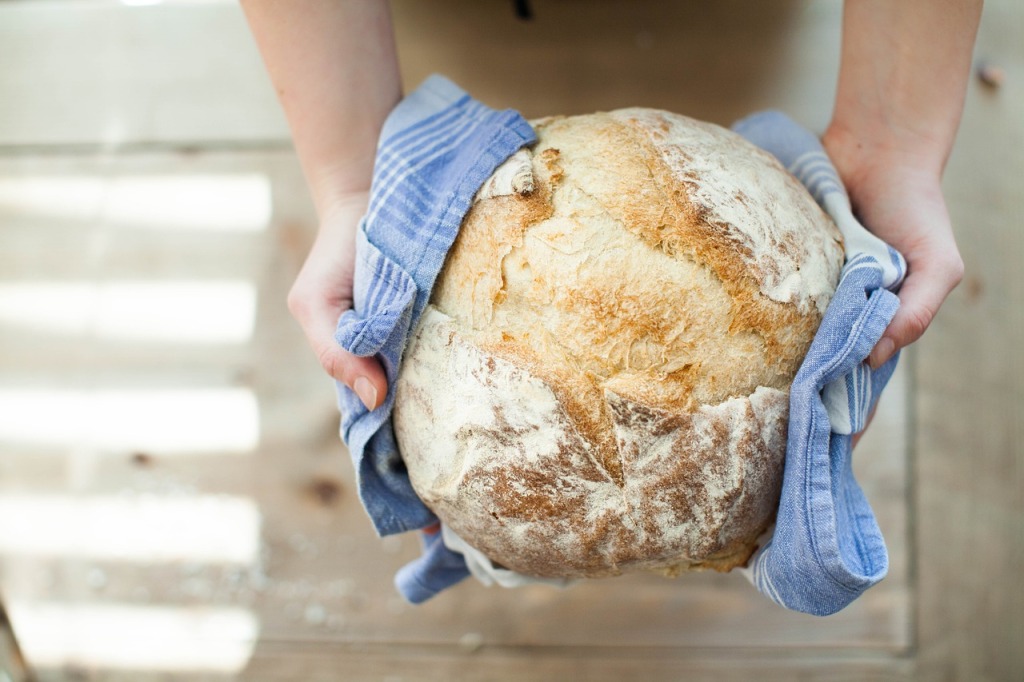By Mallory Carroll, ODA Journalism Student
When graduating high school, it can be difficult to find your next step in life. There are millions of possibilities, which can be overwhelming. A big opportunity that is easily overlooked is trades. Spanning anything from landscaping to pipefitting and electrical work to carpentry, trades surround us.
In a society that prioritizes social class, a persons’ job has a substantial impact on their class. As the daughter of a pipefitter, I have felt the need to defend my dad when asked about his work. It breaks my heart that recent generations have found it acceptable to look down upon those who hold our societies together.
Pipefitters like my dad work with fresh water supply, natural gas lines, and clean rooms, as well as operating rooms. A common misconception about pipefitters is that they are dirty. On the contrary, pipefitting can be an incredibly clean and neat job.

Trades occupy a central position in the intricate web of our economy, playing a crucial role in the development and maintenance of our built environment. Craftsmen, ranging from electricians to masons, possess the expertise to construct and repair the structures that form the foundations of our communities. Their hands-on skills are indispensable in erecting homes, bridges, and commercial spaces, embodying the tangible manifestation of progress. The independence of these trades ensures that the gears of our infrastructure keep turning, providing the necessary framework for societal functions.
When looking into trades as a possible career path, one can fall into the talk of unions and their purpose. My dad, who has worked in trades his whole life, granted me an interview. He explained that, “My union affects my trade by fighting for the rights of all workers. My union advocates for better working conditions and fair wages. They also work closely with federal, state, and local governments to ensure that, when tax dollars are spent, certain standards are met.”
In my dad’s opinion, “I believe that my trade, no, all trades are important due to the physical impact we display in our customers’ lives. Without us, buildings wouldn’t be erected, towns wouldn’t be built, and constructional disarray would prevail.” Having to follow such strict rules and regulations places extra importance on the shoulders of tradesmen and women. These guidelines create a safer society, protecting communities from the impact of natural disasters.

Beyond their immediate impact on physical structures, trades offer a gateway to individual empowerment and economic resilience. The mastery of a trade provides individuals with specialized skills, fostering a sense of self-reliance and professional pride. This not only enriches the workforce, but also serves as a catalyst for personal and community development. Embracing the importance of trades entails recognizing the diversity of talents within society, cultivating a workforce that encompasses a broad spectrum of skills, and ensuring the sustainability of our collective progress.
In essence, trades contribute not only to the tangible aspects of our surroundings but also to the intangible fabric of our social and economic landscape. Honoring and investing in trades means recognizing their role as pillars of strength, supporting the growth, and prosperity of communities worldwide. As we navigate the complexities of the modern world, the significance of trades stands as a testament to the enduring value of hands-on expertise and the enduring legacy of craftsmanship.

My dad, for example, grew up in the trades. When asked about his growth over the years, he said, “I struggled for a while, but I found a company that saw my work ethic. I started out as a welder, pulling my weight in the field and striving for the next position. I was promoted to a foreman, overseeing the work of three to five men. After a while, I was promoted to general foreman, overseeing three to five foremen. Similarly, my promotion from general foreman to superintendent put me in a place where I was overseeing three to five general foreman. My latest promotion, becoming a project manager, overseeing the financial, contractual, billing, and scheduling aspects of my trade. I have always striven to be an example, pushing myself to do the best work that I can.”
Along with his project manager work, he teaches newer tradesmen at the union hall. I, as his daughter, am so proud of the work he has done and the position that has been bestowed upon him.
Teaching at the union hall has given my dad the opportunity to connect with students fresh out of high school entering the trades. His advice for new tradesmen and women is, “dress for the job you want, not the job you have.” This has always pushed him to look at the next step he could take in his career. He had to have the ability to see his available growth and act, dress, and train himself to fit that next role.
In the confusion that follows high school and deciding what comes next, it wouldn’t be a bad idea to look into trades, unions, and the benefits of working with your hands. If you want to work in the pipefitting field, you could check out Local 286, Austin’s plumbing and pipefitting union, or look into your local community college for more classes in the trades.
Featured photo by Borevina via Pixabay























